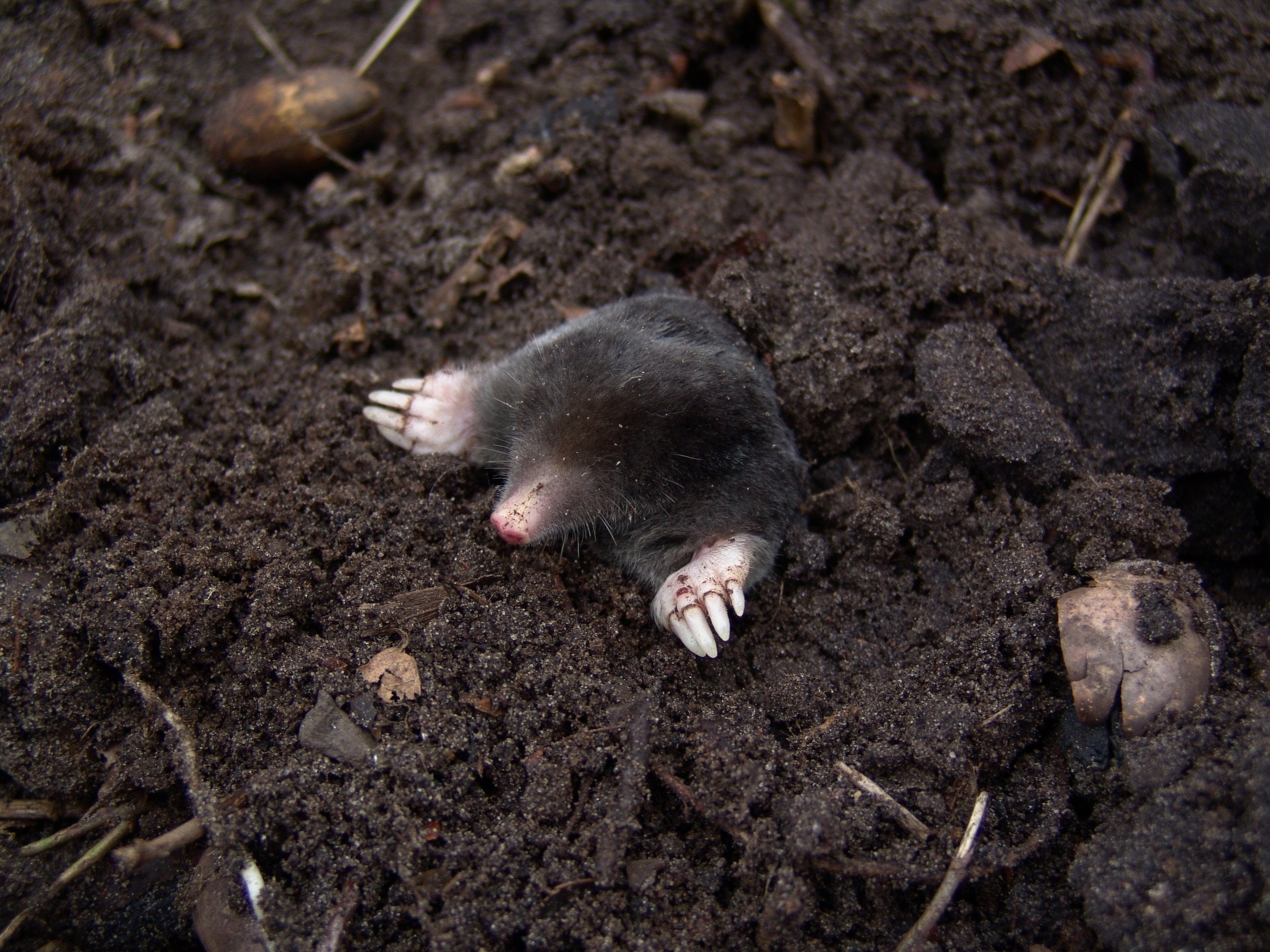Bacteria are becoming ever more resistant to existing antibiotics, forcing scientists to look in surprisingly strange places for new antibiotics that can beat superbugs and save lives. We explore seven places you might not think to look for the next wave of antibiotics.
1. UNCHARTED WATERS
Many antibiotics come from nature. By sourcing bacteria from new, unexplored locations, we could study their survival mechanisms and translate them into medications. This team from the University of Illinois is searching untouched regions of Iceland for new species of microbes.
2. DEEP IN THE DIRT

Soil is full of bacteria, especially the genus streptomyces. The smell of dirt after rain or the smell of your hands during gardening is actually the smell of the 600 species of this versatile bacterium. It can fend off many other microbes, making it an asset in the search for new antibiotics. It has already aided the development of streptomycin, which treats tuberculosis.
3. DRAGON’S BLOOD
Komodo dragons have a short protein (peptide) in their bodily fluids that kills bacteria. Researchers from the US have isolated this peptide, named DRGN-1, and used it to treat wounds in mice.
4. REPURPOSED ROAD KILL

A research team in Oklahoma studies the microscopic ecosystems of animals by examining swabs taken from roadkill. Carcasses from the wild are far more biodiverse than those of captive animals, so this method could be a next step in the fight against superbugs. The team has already isolated bacteria from a possum that shows potential as a medicine.
5. ANTY-BIOTIC FUNGUS FARMS
Leafcutter ants are covered in bacteria with proven antibiotic properties. In the hopes of unlocking their secrets, a team at the University of East Anglia is researching the complex relationship between the bacteria, the ants themselves and the unique fungus they farm and feed on.
6. ANCIENT HISTORY

Bacteria have evolved in parallel with humans since our earliest days. We can see from historical sources how our ancestors dealt with infection. Some of their medical recipes, including one that’s over a thousand years old, have proved effective against infections in the present day.
7. POO

Your body contains far more bacteria than human cells, many of them in your gut. When they get out of balance, you get sick. Doctors are now turning to faecal transplants to restore normal gut ecology in imbalanced patients. By moving liquefied poo from a healthy to a sick person, they recreate a healthy gut environment in the latter. Delivered as a pill or through a nasal tube, these transplants have proved effective against dangerous bacteria including C difficile.
Visit our free exhibition Superbugs: The Fight for Our Lives to see real bacteria and discover the innovative technologies being used to develop new antibiotics. Open until Spring 2019.
